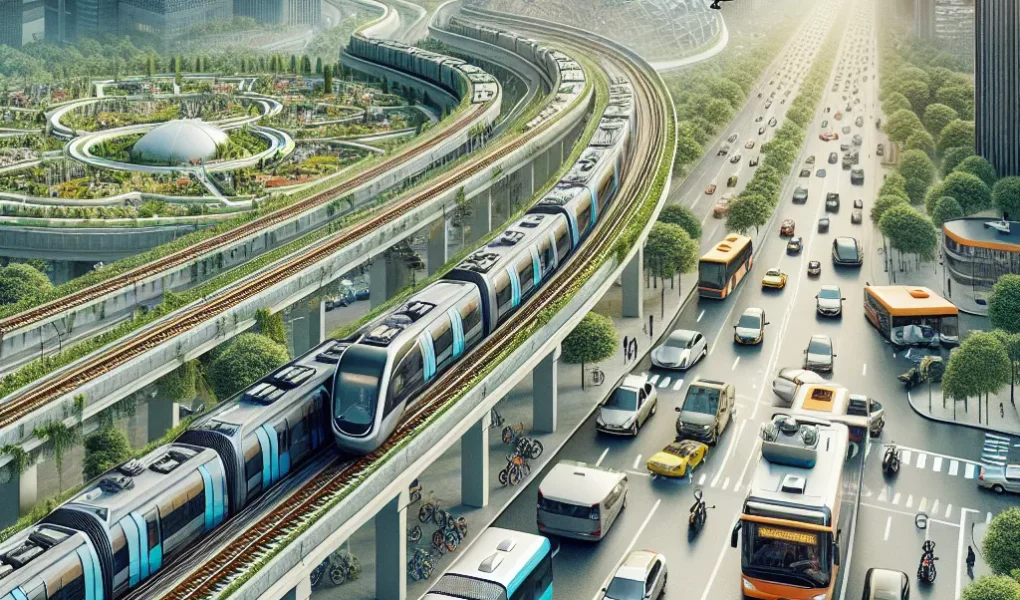Optimizing Commuting Routes in Urban Areas
Optimizing commuting routes in urban areas is a critical concern for city dwellers seeking efficient and timely travel. With the increasing congestion and demand for sustainable transportation options, finding the most efficient routes for urban commuters has become a pressing issue. In this comparative analysis, we aim to explore the various factors that contribute to optimizing commuting routes in urban areas.
Comparing the Most Efficient Urban Commuting Strategies
When it comes to urban commuting, finding the most efficient route can make a significant difference in terms of time, cost, and environmental impact. In this comparative analysis, we delve into the various strategies employed by urban commuters to identify the most efficient options. By comparing factors such as travel time, cost, accessibility, and environmental impact, we aim to provide insights into the most effective commuting methods for urban dwellers.
Analyzing Time-Saving Routes for Urban Commuters
Efficient routes for urban commuters are essential for optimizing travel time and minimizing congestion in metropolitan areas. In this comparative analysis, we focus on the crucial aspect of analyzing time-saving routes for urban commuters. With the proliferation of GPS and navigation apps, commuters have access to a multitude of route options, but identifying the most time-efficient route remains a challenge.
The analysis encompasses an in-depth examination of various factors that influence route efficiency, including traffic patterns, road conditions, and time of day. By utilizing real-time traffic data and historical travel patterns, we can identify and compare routes that offer the greatest time savings for urban commuters. Furthermore, the integration of public transportation options into the analysis provides a comprehensive view of the most efficient multimodal routes.
Through a comparative approach, we can assess the strengths and weaknesses of different route options, taking into account not only the total travel time but also the reliability and consistency of the travel experience. This analysis aims to provide urban commuters with valuable insights into selecting the most time-saving routes, ultimately contributing to a more efficient and sustainable urban transportation network.
Efficiency in Urban Commuting: A Comparative Study
Efficiency in urban commuting is a crucial factor for city dwellers seeking to optimize their daily travel routes. In this comparative study, we analyze the efficiency of various commuting options available to urban residents, including public transportation, cycling, and walking. By examining factors such as travel time, cost, and environmental impact, we aim to provide insights into the most efficient routes for urban commuters.
Improving Urban Commutes: A Comparative Route Analysis
Improving urban commutes is a critical issue in today’s fast-paced society. With the ever-increasing traffic congestion and the demand for efficient transportation, finding the most effective routes for urban commuters has become a top priority. In this comparative route analysis, we will delve into the various strategies and technologies aimed at optimizing urban commuting for individuals and businesses.
One of the key aspects of improving urban commutes is the utilization of advanced mapping and navigation systems. These systems can analyze real-time traffic data, public transportation schedules, and alternative routes to provide commuters with the most efficient options for reaching their destinations. By leveraging these technologies, commuters can make informed decisions that minimize travel time and reduce fuel consumption, ultimately benefiting both the environment and their wallets.
Furthermore, the integration of smart transportation infrastructure, such as dedicated bus lanes and bike lanes, plays a significant role in enhancing urban commutes. These developments not only improve the flow of traffic but also promote sustainable and healthy transportation alternatives. Additionally, initiatives like carpooling and ride-sharing services contribute to fewer vehicles on the road, thereby easing congestion and creating more streamlined routes for urban commuters.
As urban centers continue to grow, innovative solutions like congestion pricing and dynamic tolling are being implemented to manage traffic flow and discourage non-essential trips during peak hours. This proactive approach encourages the use of public transportation and carpooling while incentivizing off-peak travel, resulting in smoother and more efficient routes for commuters.
In conclusion, improving urban commutes through a comparative route analysis involves a multi-faceted approach that incorporates advanced technologies, sustainable infrastructure, and smart policies. By embracing these strategies, urban commuters can look forward to more streamlined and efficient journeys, thus contributing to a more sustainable and livable urban environment.



